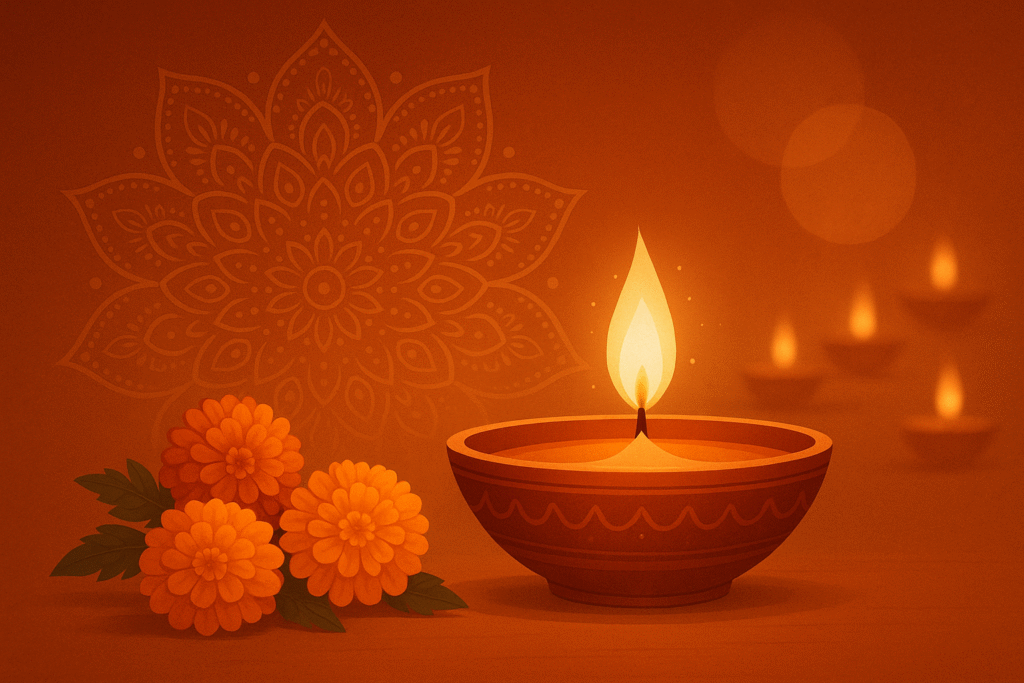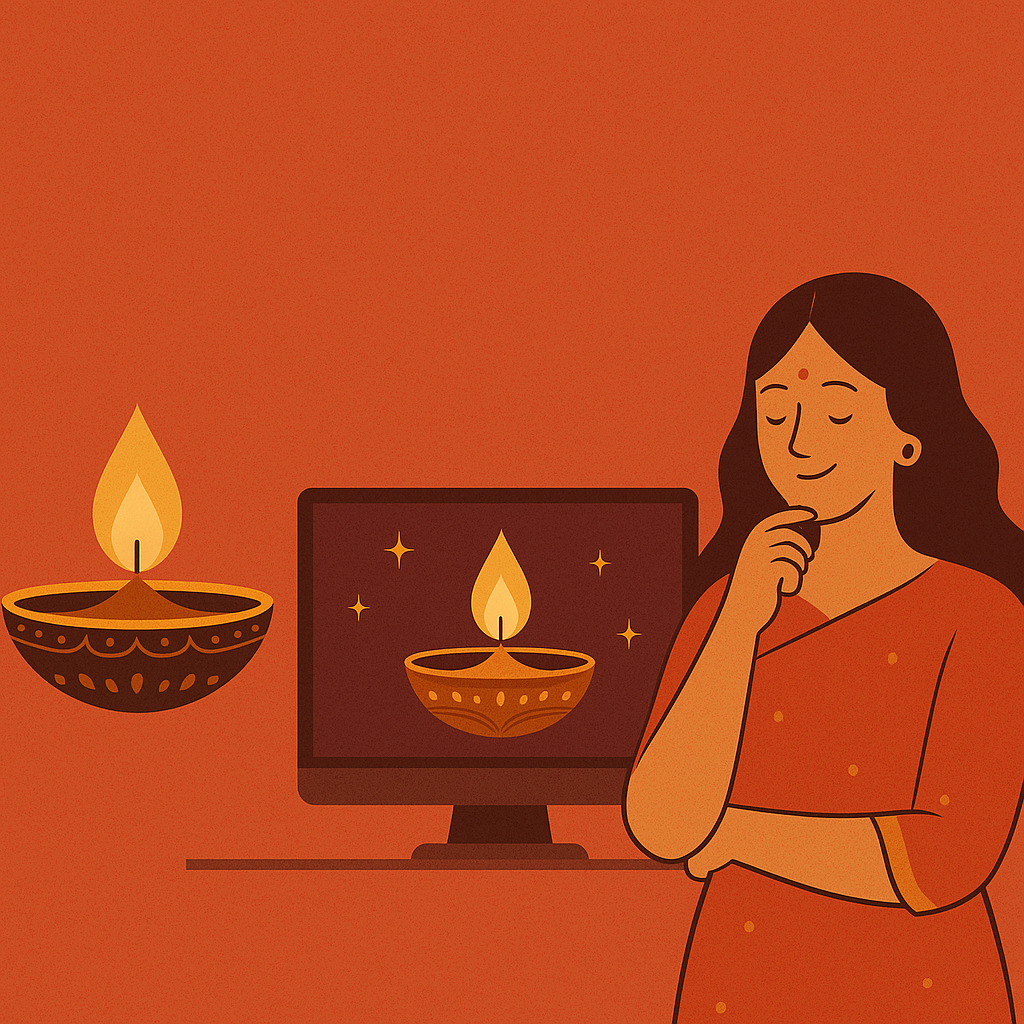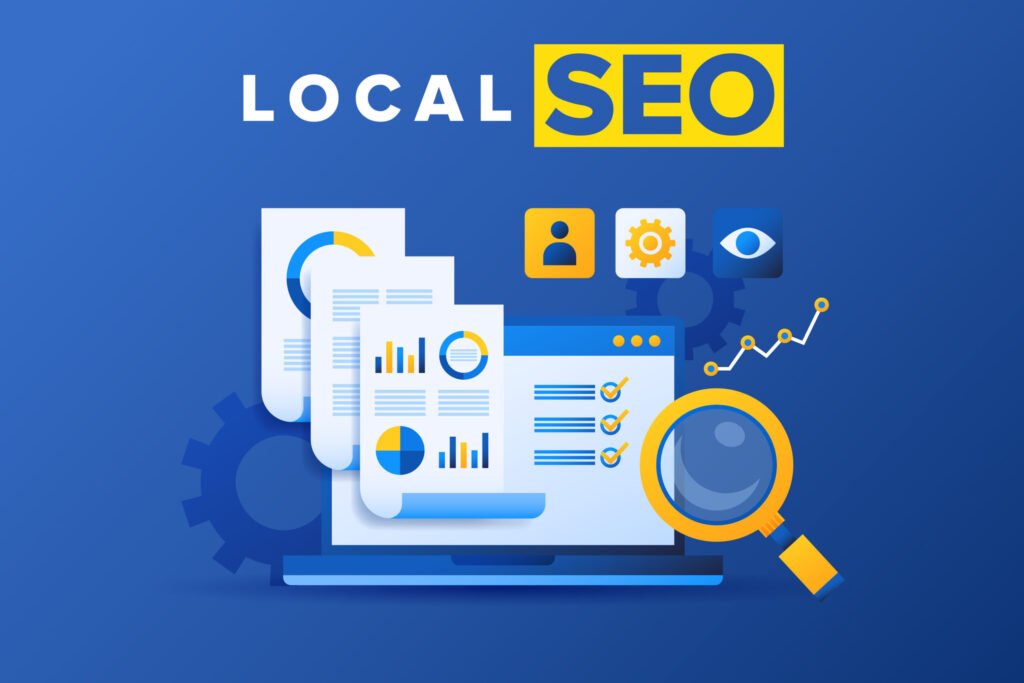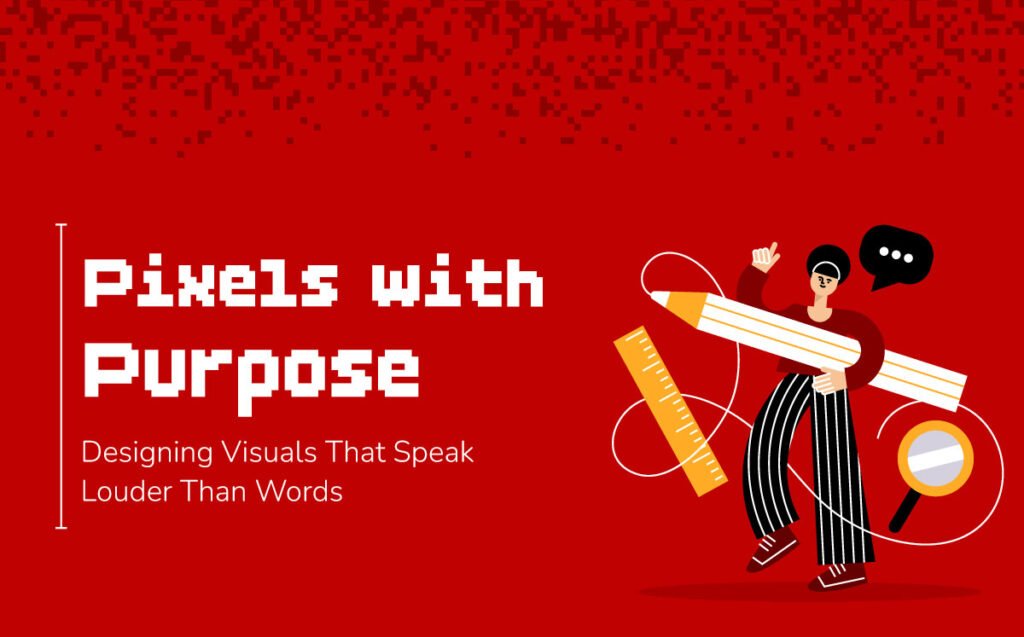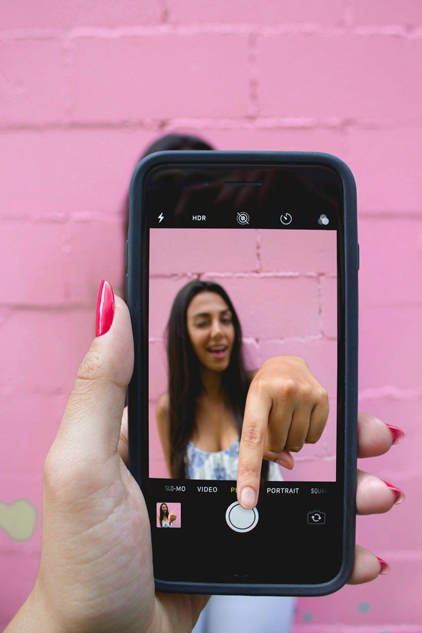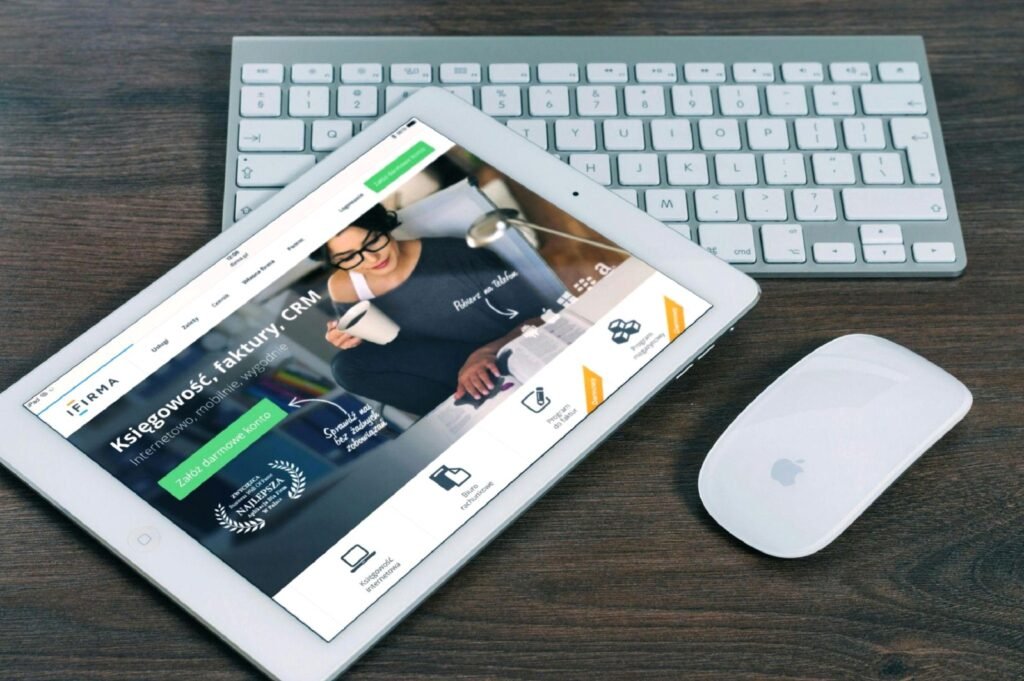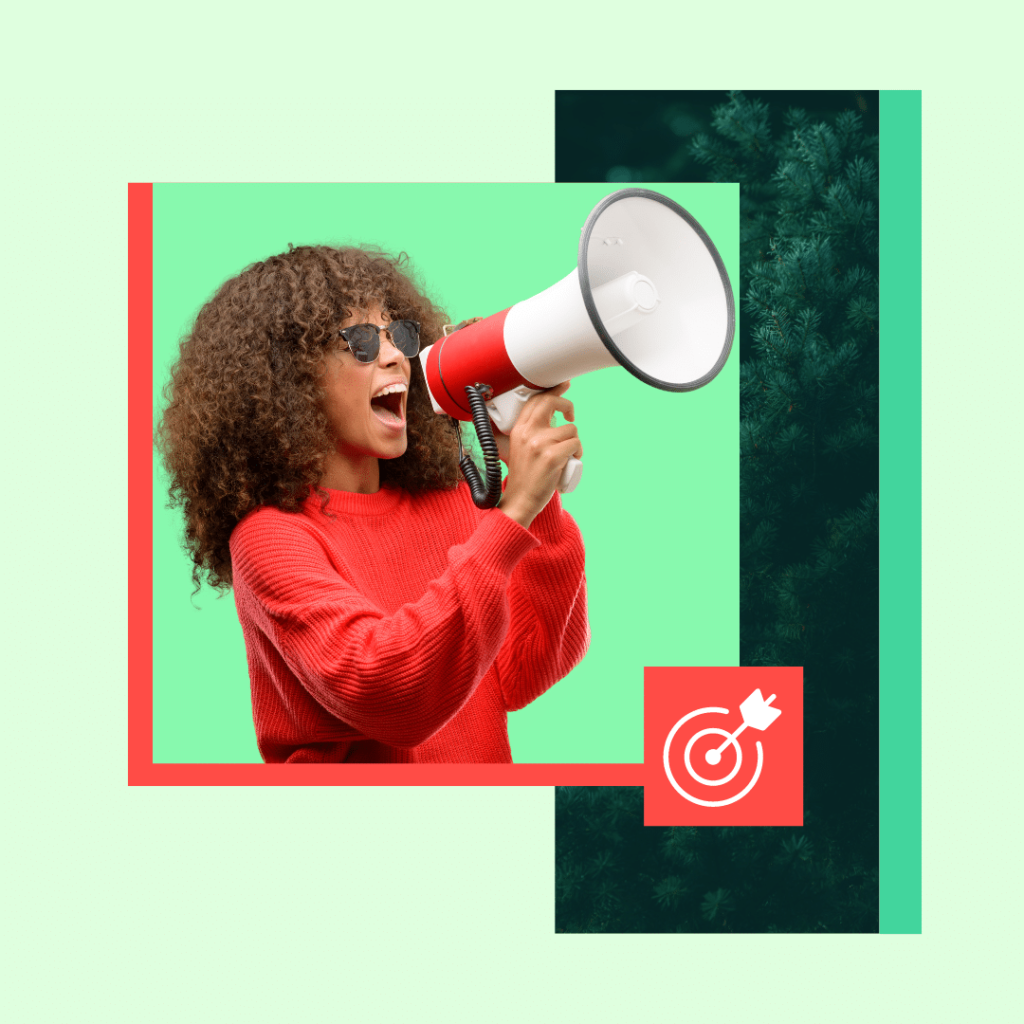Diwali in Every Drape: Celebrating the Festival with Handlooms & Heritage
There’s something about Diwali that feels different every year — the air, the light, the way people smile a little more easily.Homes glow, sweets arrive unannounced, and in between it all, we pull out our best — the silks, the zari, the sarees passed down or bought fresh with that quiet thrill of celebration. But if you look closer, these clothes aren’t just outfits.They’re memories. They’re heritage, stitched and spun into something you can actually touch. The Saree That Speaks Without Words Every handloom drape has its own language.A Banarasi whispers royalty, a Chanderi hums of soft grace, a Kanjivaram carries a festival within its folds.They’re not just fabrics — they’re emotions. When you wear one during Diwali, you don’t just “dress up.”You carry the stories of the hands that wove it — the rhythm of looms, the patience of dyeing, the devotion in every thread. In a world of fast fashion, that feels sacred. The Hands That Weave Our Light Think about this — long before your new outfit reaches your wardrobe, someone somewhere has been working for weeks, maybe months, on that very piece.A weaver sitting under a single bulb, guiding every strand with care.A dyer mixing the perfect shade of crimson.A family that’s been doing this for generations, keeping their art alive despite changing times. When you choose handloom, you’re lighting up more than your own home. You’re lighting up theirs. A Heritage That’s Still Breathing Heritage isn’t stuck in the past — it’s something we keep alive every time we choose thoughtfully.Handlooms aren’t about nostalgia; they’re about continuity.They evolve, just like we do. That’s why modern stylists love pairing raw silks with sneakers, or Banarasi dupattas with blazers. It’s a quiet rebellion — saying, “I can honor where I come from without being stuck in it.” And honestly, that’s what Diwali is all about — light meeting new light, tradition meeting now. Beyond Glitter, Toward Grace Diwali fashion doesn’t have to shout to shine.It’s the gentle gleam of real zari, the way natural silk catches candlelight, the soft rustle that says celebration without a word. When everything online feels like noise, authenticity stands out.That’s true for fashion — and for branding too.At Vistaar WebX, we see storytelling the same way artisans see weaving: layer by layer, slow, intentional, and full of heart. A Little Reminder This Season As you get ready this Diwali — choosing your saree, tying that last gift ribbon, or lighting the first diya — take a moment.Remember that the most beautiful things we own were made by people, not machines.By patience, not speed.By tradition, not trend. Because every drape, every flicker of light, every fold of fabric — is a reminder of how connected we all are. Team Vistaar WebX — celebrating the art of storytelling, one thread at a time.
Diwali in Every Drape: Celebrating the Festival with Handlooms & Heritage Read More »


